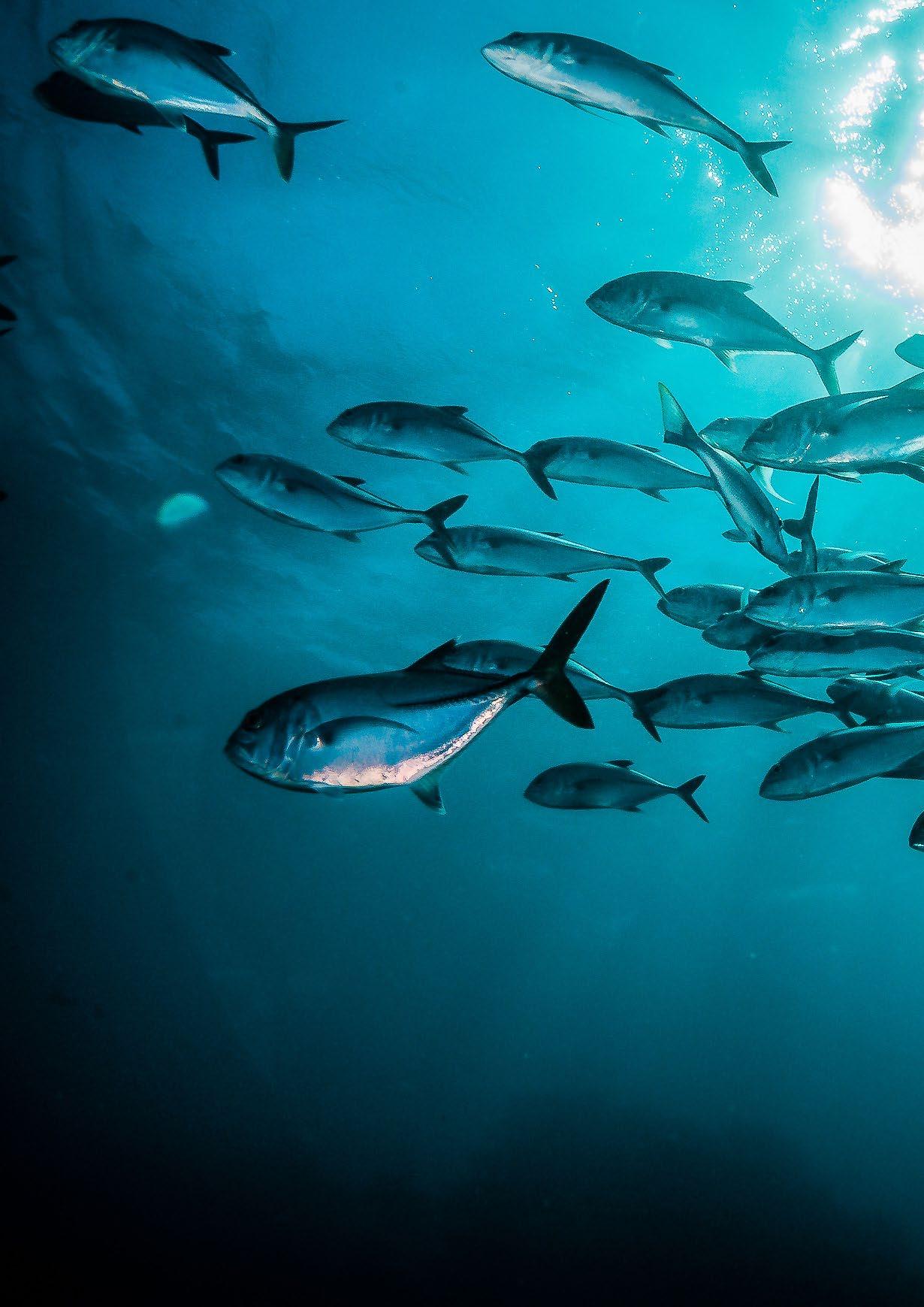
3 minute read
Highly Protected Marine Areas: Managing Conflicts on Scottish Coasts
Written By | MARTYN SHUTTLEWORTH
One example of how coastal areas can be affected by conflict between different groups is the idea of Highly Protected Marine Areas (HPMAs). In this interview, Caitlin Turner, Policy Officer of the Sustainable Inshore Fisheries Trust, highlights some of the contentious issues. SIFT’s mission is to:
Advertisement
“Shape and advocate policies affecting the Scottish inshore marine area, to ensure that the diversity and abundance of life in our waters is protected and restored, and maximise long-term social and economic benefits to all coastal communities.”
Scotland has some of the most productive seas on the planet, with many species of fish underpinning its rich ecosystems. However, as Caitlin notes:
“We’ve been witnessing a decline in the health of our marine environment: failing to meet ‘no loss in extent’ targets for internationally important marine habitats, witnessing an almost 50% decline in our breeding seabirds since the 1980s, and seeing a 92% decline in west of Scotland cod stocks in the last 4 decades.”
Alongside the fishing industry, birdwatching, recreational fishing, and tourism/ecotourism also contribute to the Scottish economy. Tackling the decline in fish stocks often creates friction between these different groups.
Naturally, everyone wants to preserve the marine environment, but how do we also protect Scottish fishing communities? One idea is the idea of HPMAs, marine areas set aside that allow damaged ecosystems to recover.
How do HPMAs Work?
Scotland’s present network of Marine Protected Areas (MPA) theoretically promotes sustainability, allowing carefully managed activities in balance with the environment. However, Caitlin believes they don’t go far enough:

“Scotland currently has a Marine Protected Area (MPA) Network covering 37% of our waters, but the percentage of protection is considerably less. Only 66km2 of the 90400 km2 in Scotland’s inshore waters are protected from all forms of commercial fishery.”
In response, the Scottish government proposed designating 10% of the country’s seas as HPMAs by 2026. Caitlin explains how they work:
“HPMAs protect marine ecosystems by removing pressure from human activities. This includes prohibiting fishing (both commercial and recreational), aquaculture, offshore wind, and oil and gas developments. Other recreational activities are monitored and managed.”
HPMAs – The Conflict
However, in Scotland, HPMAs raise fierce debate between different groups and politicians. The Scottish Fishermen's Federation (SFF) argues they could damage the industry, preferring an approach that better balances the impacts on local economies. Conversely, conservationists suggest the proposals are too limited. Caitlin describes the arguments:
“Conflict has arisen primarily because many coastal communities – intrinsically linked to our seas through livelihoods, history, language and culture – feel that HPMAs are delivered through a ‘top-down’ process. Decisions made within Government lack engagement with the affected communities. Currently, coastal communities fear that marine-based businesses could be displaced.”
It is easy to understand the concerns of local fishing communities who may lose one of their major sources of income with a damaging effect on their unique culture. On the other hand, overfishing and environmental damage also devastate coastal communities.
Caitlin believes that HPMAs can slow the decline of Scottish seas, “HPMAs could help ecosystems recover and protect key habitats and fish nursery grounds, allow our seas to return to abundance, and preserve livelihoods that depend upon them long-term.”
She points to the success of a previous no-take zone:
“Evidence from a small No-Take Zone (an area where fishing is prohibited) at Lamlash Bay on the Isle of Arran, showed that effective protection can dramatically increase the size and abundance of commercially important species, like scallops and lobsters. Other such sites showed substantial recoveries of marine animals and habitats, and surrounding fisheries benefit from the ‘overspill’ of commercially fished species.”
A Wider Approach
Of course, as with many marine policies that affect many different groups, HPMAs must align with other policies, and Caitlin believes this needs significant improvement:
“HPMAs have been proposed without wider plans for spatially managing our already busy seas – HPMAs must be factored into such a plan alongside measures to preserve livelihoods.”
Clearly, management measures for existing MPAs, the increase in offshore renewable energy, and a growing aquaculture industry create a complex picture. HPMAs must fit into this framework and include the views of local fishing communities:
“Scottish Government officials must understand the needs of communities impacted by HPMAs, alongside explaining the benefits. Local knowledge will play a vital role in selecting sites. Officials must also consider wider spatial planning, so that different zones can be assigned to different users (such as areas only for low-impact creel, pot and recreational fishers). This will support coastal communities.”
Conserving the way of life is crucial and, implemented sympathetically as part of a wider approach, HPMAs can protect both the environment and local communities. Ultimately, these do not need to be set against each other. As Caitlin puts it:
“I hope to see abundance and diversity recover in Scotland’s seas, but I also hope to see livelihoods, culture and communities preserved. With HPMAs factored into a wider spatial plan, we can do this: we can ensure our seas will flourish, and we can continue to use them sustainably, long into the future.”












